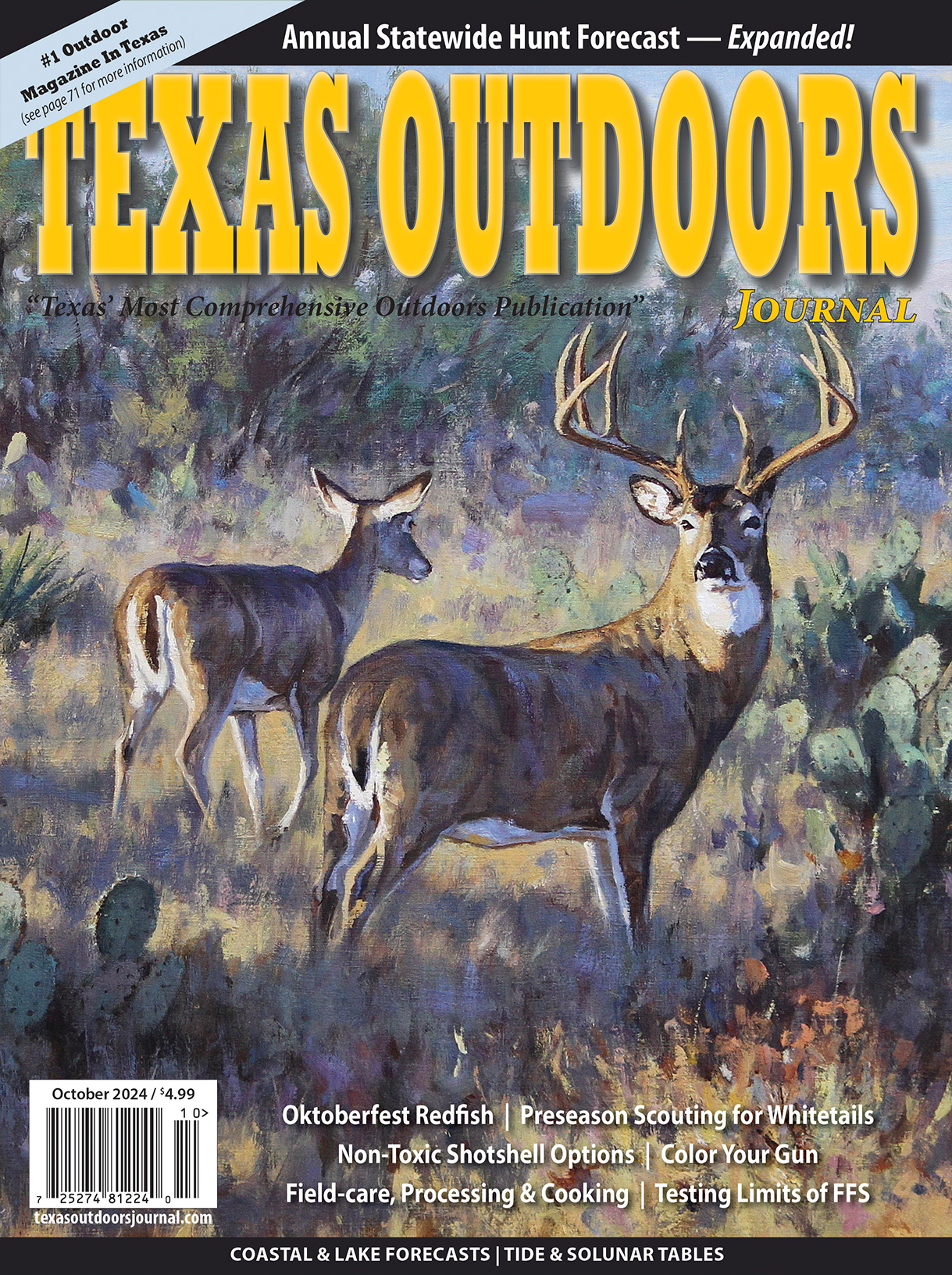
Current Status: RED TIDE IN TEXAS – UPDATE
September 22, 2015
Reports of discolored water and/or red tide aerosols continue in the Gulf of Mexico ranging from Freeport to Padre Island National Seashore (PINS) and South Padre Island. Reports of fish kills, discolored water and aerosols have been reported within some bay systems, including San Antonio Bay, Aransas Bay, Corpus Christi Bay and the upper Laguna Madre.
Port Aransas reported no respiratory irritation over the weekend.
Mustang Island State Park south to the 20 mile marker in PINS reported respiratory irritation over the weekend along with a continuous, dense and diverse fish kill. The park also reported ground squirrel mortality and a Pygmy Sperm Whale that washed ashore. However, these deaths have not been confirmed as being caused by red tide.
Fish kills were reported in the area in the Upper Laguna Madre from North in Packery Flats, west to Humble Channel and south along the Inner Coastal Waterway. There are also reports of dead fish observed in Padre Isles Canals subdivision.
Fish kill assessments are occurring and will be expanded today and tomorrow to cover Mustang Island State Park south to Bob Hall Pier. The PINS staff is assessing the fish kills along PINS this week. TPWD staff and partners are collecting water samples along South Padre Island, Freeport and offshore in the Gulf of Mexico.
RED TIDE IN TEXAS – UPDATE
September 18, 2015
Reports of discolored water and/or red tide aerosols in the Gulf of Mexico range from Freeport to Padre Island National Seashore (PINS) and South Padre Island. Below is the latest information regarding the areas now being affected.
Water samples collected from September 17 to September 18 by the Texas Department of State Health Services confirmed moderate cell concentrations in Redfish Bay with a high cell concentration bloom of red tide near Ransom Point. Background cell concentrations of red tide were also indicated along the southwestern shoreline of Corpus Christi Bay. As the week has progressed, South Padre Island cell densities increased from background concentrations to very low concentrations but there are still no reports of respiratory irritations.
The latest locations of observed fish kills include:
The Aransas Pass at the UTMSI pier in Port Aransas
Between Con Brown Harbor and Cove Harbor with a dozen mullet reported killed.
Packery Channel from Packery Basin west to Packery Channel County Park where the fish kill included menhaden, flounder and trout
Humble Channel, north of JFK Causeway
Quarantine shoreline along the Northwest side of the Lydia Ann Channel with an estimated extent of 1.5 miles with oyster toadfish and about 30 mullet being killed.
RED TIDE IN TEXAS – UPDATE
September 17, 2015
Red tide has been confirmed from Port Aransas south to the 10 mile marker at the Padre Island National Seashore. Water samples collected from September 14th to September 16th by TPWD and Padre Island National Seashore staff confirmed high cell concentrations of red tide at the Bob Hall Pier and the Packery Channel in Corpus Christi. Moderate cell concentrations were found at the Horace Caldwell Pier in Port Aransas; mile markers 0, 5, and 10 along the Padre Island National Seashore; and the Lydia Ann Channel near Port Aransas. Cell concentrations were low at the intersection of the La Quinta Channel and the Corpus Christi Channel. Only background cell concentrations (less than 1 to 10 red tide cells per milliliter and no reports of irritation) were found at South Padre Island and Cedar Pass.
This bloom of red tide has also caused fish kills to be observed by the TPWD staff in areas including:
Mustang Island State Park with a dispersion of approximately 100 fish per 50 feet of gafftopsail catfish, mullet, spadefish and pinfish being killed
The shoreline north and south of the Packery Channel with north of the pass showing a diverse assemblage of pigfish, mullet, spadefish, and hardhead catfish being killed; south of the pass consisting of mainly mullet being killed.
The Bob Hall Pier was also affected with a patchy dispersion of mullet being killed.
Near Port O’Connor, fish kills of gulf menhaden were observed in the Gulf Inner Coastal Waterway but only background concentrations of red tide were present in the water sample. TPWD also observed an increase from the initial reports of gulf menhaden fish kills along the southern shores of Packery Channel and the gulf shores of San Jose Island.
September 15, 2015
TPWD is working with other agencies to monitor a red tide event along the southern Texas coast. The bloom was confirmed Sunday, September 13, when University of Texas Marine Science Institute (UTMSI) personnel around the fish pass jetties on Mustang Island noted irritation of their eyes and nose when breathing. These symptoms are often associated with strong red tide aerosols. Water samples were collected and were found to have high numbers of the microscopic algae Karenia brevis, commonly called red tide.
Samples collected on September 14 by TPWD and Padre Island National Seashore (PINS) staff identified high cell concentrations at Horace Caldwell Pier (Port Aransas), Packery Channel (Corpus Christi), Bob Hall Pier (Corpus Christi), and the northern border of PINS. Mild irritation was also reported at these sites.
This bloom is suspected to have caused fish kills at a number of locations along the lower coast near the Corpus Christi area including the southern shores of Packery Channel and the gulf shores of Padre Island from the Packery Channel jetty south to Whitecap St. Beach Access. In addition, fish kills have been reported along the gulf shores of San Jose Island, north of the Aransas Pass Jetty.








